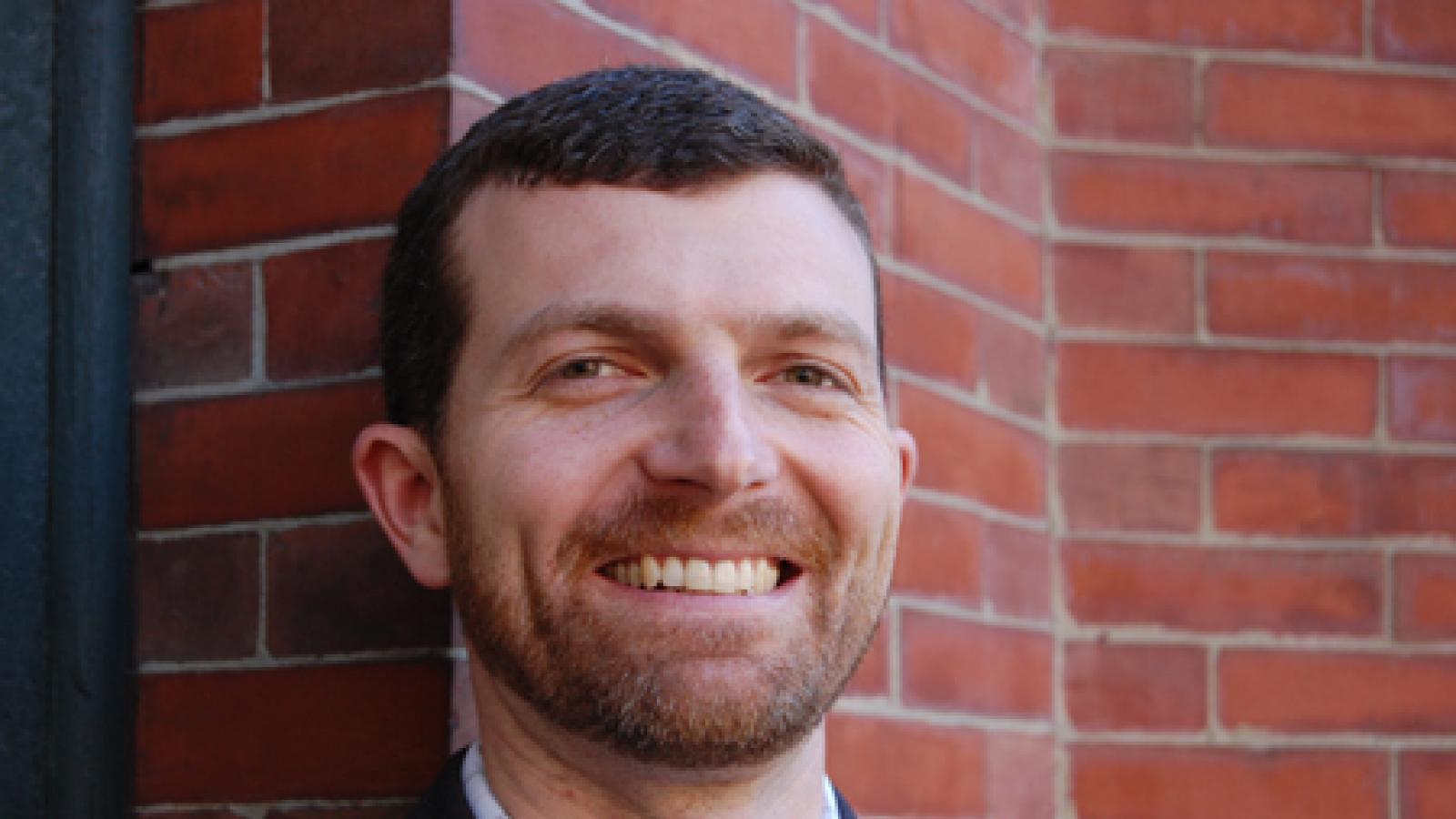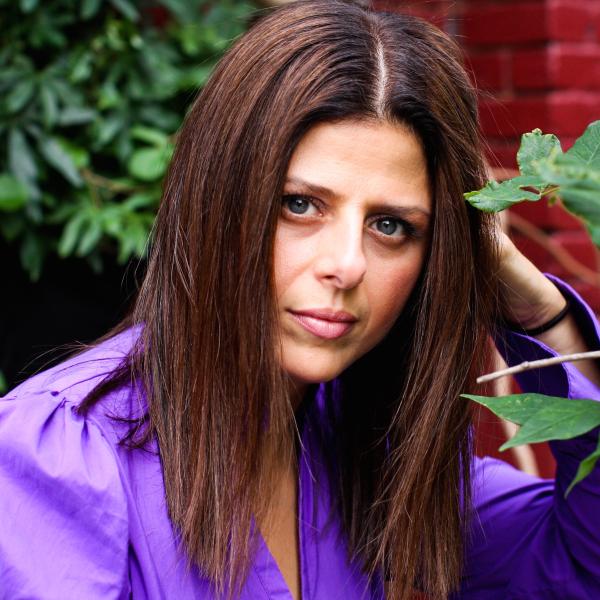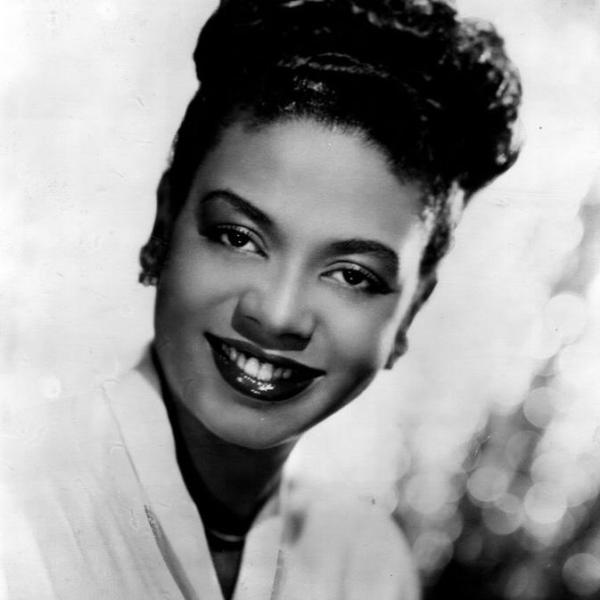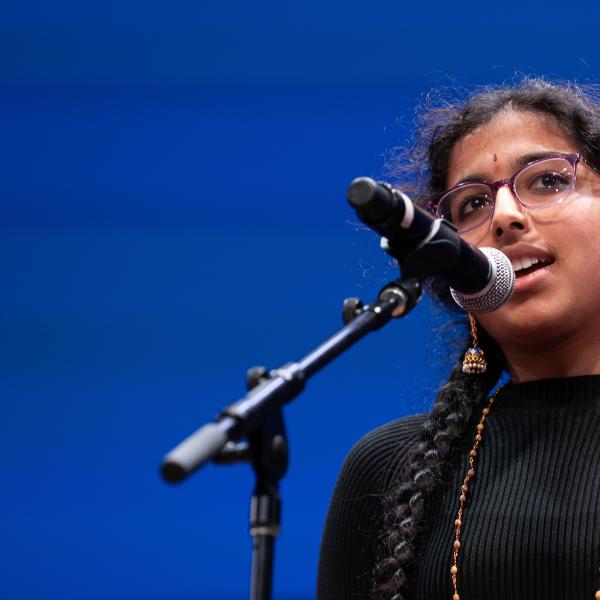NEA's Our Town at 3, Or Happily Entering the Unknown

Today we announced the third round of Our Town grants. These will bring us up to 190(!) grants in all 50 states plus DC, with all shapes and sizes of communities doing creative placemaking.
Some very cool new types of projects popped up this year. For the first time ever we're funding an opera company as the lead grantee: the Nashville Opera will hold a competition to write short operas which will be performed in unique places in Nashville, including some famous country music honkytonks. Those performances will be “can't miss” moments, I'm sure, and are part of the city's ambitions to be known as THE music city. Also for the first time this year, two rural projects, a theater-based one in the mountains of Virginia, and another on the Canadian border of Maine focusing on Acadian culture, feature multiple small towns and arts organizations collaborating to work on creative placemaking projects together.
What's been really special for me this past year, however, has been the explosion of interest in the topic of creative placemaking itself. I've been working for 10 years in the space where the arts meet community development trying to figure out exactly what it means to weave the arts into urban and rural planning practices. The same hard questions keep coming up, many of which need much more attention than they've gotten over the years. Don't get me wrong---there have been great thinkers on these topics for a long time, but it's been a limited room.
So it was a joy to see so many of the nation's art thinkers, policymakers, and artists engage in some good ol' policy wrangling around this movement in a serious way. Whether it's the rich conversation around “belonging” (which I interpret as a call for understanding on how to do this work in a way that is authentic to a place's culture and assets) or the age old questions of artists and their supposed role in gentrification or---everyone's favorite topic!---just how we are all going to go about measuring the impact of these projects, everywhere I go people are talking about how to do creative placemaking. Many of these conversations are also long-standing policy struggles in the community planning world, and it's been awesome to see so many arts folks grapple with these difficult issues from their perspective.
However, something unique is also happening---call it silo busting or cross-disciplinary work---but folks are talking to each other in new ways that are exciting and challenging for all. It's amazing to see at the local level that all kinds of government offices are seriously engaged in conversation around how to insert the arts into their development plans. But I think the uniqueness of this moment goes beyond that, as so many atypical folks are dedicated to the success of arts projects in these communities. This year's 59 Our Town grant projects include more than 437 partners, everything from community development organizations to hospitals to banks to shopping malls to Univision.
What's clear is that starting all of this cross-disciplinary work is enormously challenging for many communities who don't have the tools at hand to implement projects. For example, a local transit office just might not have the capacity on staff to work with artists, and vice versa---local arts organizations may not have the capacity to work with a local transit agency, etc.
While we absolutely want to help steward these processes, I think it's all part of the growing pains in many places as the arts finally have their proper place at the table in community development conversations. And, actually, not knowing all the facts heading into a project together as partners can be a good thing.
I was really struck by this concept when reading Malcom Gladwell's recent review of Worldly Philosopher: The Odyssey of Albert O. Hirschman by the Princeton historian Jeremy Adelman. In it Gladwell talks about Hirschmann's somewhat radical theories of how to achieve success.
Hirschman wrote: "Creativity always comes as a surprise to us; therefore we can never count on it and we dare not believe in it until it has happened. In other words, we would not consciously engage upon tasks whose success clearly requires that creativity be forthcoming. Hence, the only way in which we can bring our creative resources fully into play is by misjudging the nature of the task, by presenting it to ourselves as more routine, simple, undemanding of genuine creativity than it will turn out to be."
Basically he says that if we all knew how hard these projects were going to be from the beginning, we wouldn't do it in the first place. But it's that notion of risk-taking that can produce massive creativity and achieve the best results.
While it's important to take every philosopher with a grain of salt, I think this line of thinking is especially true for creative placemaking projects. Not only are you entering into the unknown in many cases, but purposefully inserting creative people into the process. That's the beauty of working with creative people, right? That there will be unforeseen consequences and experiences.
Many grantees (and applicants) have contacted us and said just how many unexpected and beneficial things have happened by entering into these new conversations in their communities. Of course, how we value and measure the unforeseen is a whole other can of worms I'd love to see folks grapple with.
In conclusion, a national conversation is taking place around how to do creative placemaking in a way that is authentic, respectful to artists, and builds on assets existing in communities. The Arts Endowment continues to lead on the issue with a number of initiatives to assist the field in developing this practice locally. These include a multitude of webinars, blog posts, and other media, and also an online e-storybook featuring case studies and lessons learned from 75 of our initial 152 investments in creative placemaking that will be launched next year (we announced the awesome team working on this in this year's Our Town press release). With these resources and others being developed by long-time partners like Americans for the Arts, creative placemakers will continue to mature, refine, and amaze with their work to make the U.S. a better place.
Want to learn more about how we support creative placemaking at the NEA? Visit the Our Town page on arts.gov.




